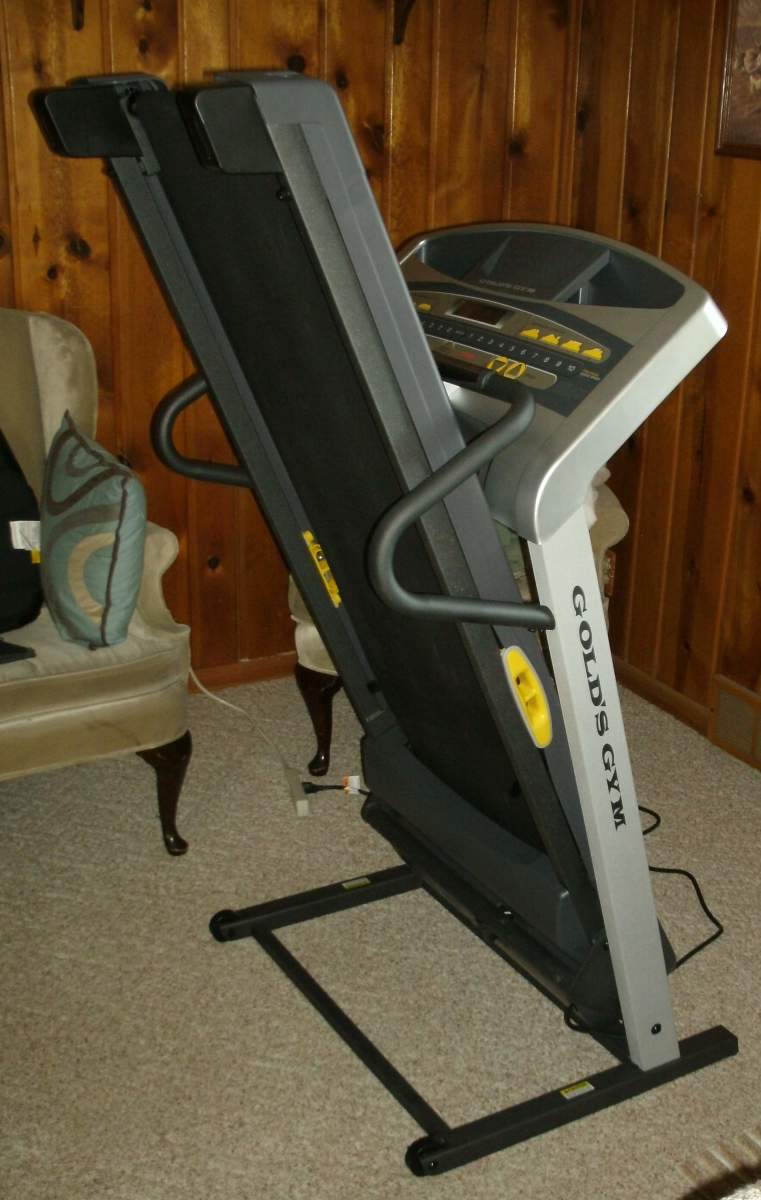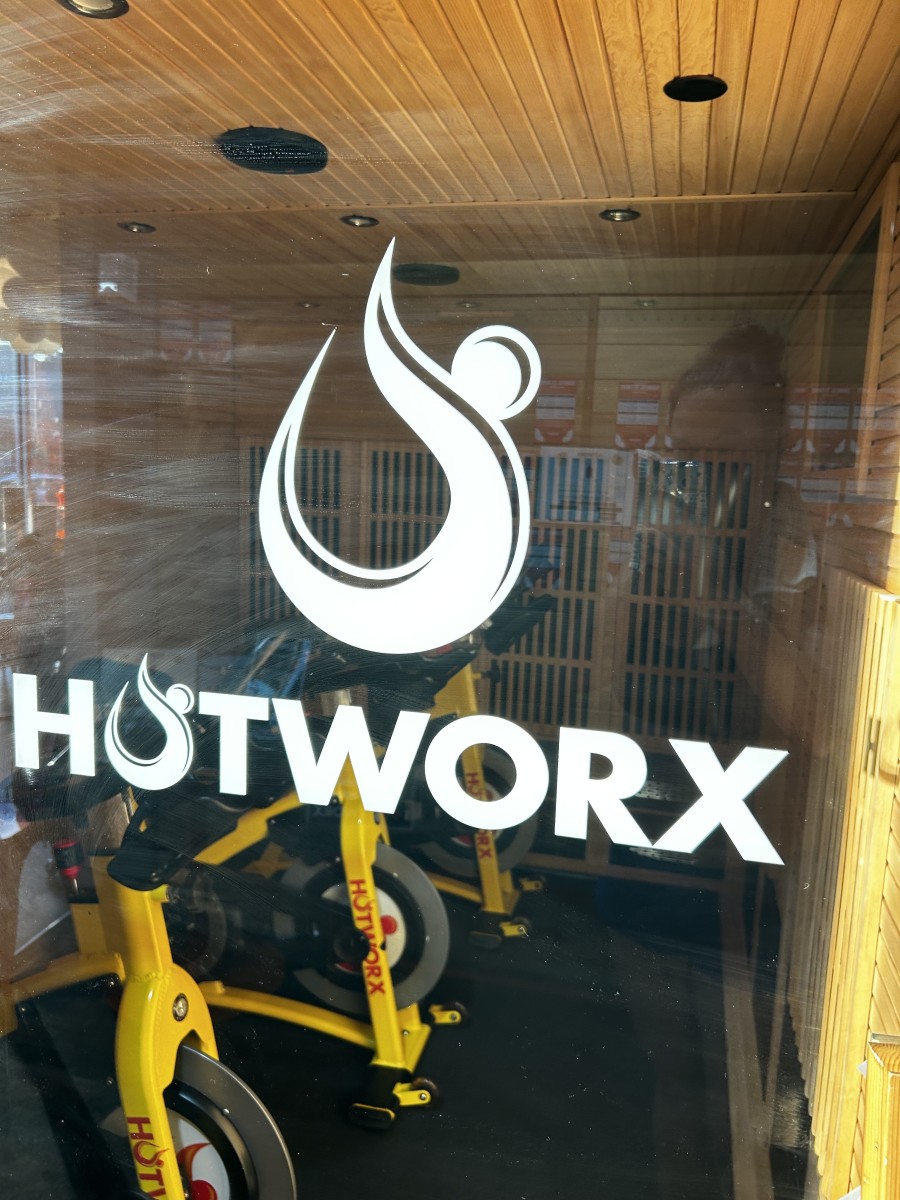The Differences Between Oxygen Concentrators and Cpap Machines
The differences between oxygen concentrators and CPAP machines
If you need both an oxygen concentrator and a continuous positive pressure (CPAP) machine, you may be wondering: what's the difference? Although these therapies seem similar and sometimes treat the same disease, they are different in many ways.
In this short blog post, we will discuss the main differences between an oxygen concentrator and a CPAP machine. We will also discuss some scenarios in which these therapeutic devices may overlap.
What is an oxygen concentrator?
An oxygen concentrator is a self-contained or portable device that draws in ambient air, filters nitrogen and rejects the remaining oxygen as a concentrated gas. The main function of an oxygen concentrator is to provide more oxygen than is available in the ambient air.
The air we breathe is composed of 21% oxygen and 79% nitrogen, with some mixed trace gases. In some pathological conditions such as chronic obstructive pulmonary disease (COPD) or pulmonary fibrosis, the body needs more oxygen than is available in the air. Therefore, to meet this requirement, an oxygen concentrator creates a concentrated source of near pure oxygen to increase the ambient oxygen percentage from 87% to 100% ambient oxygen, depending on the manufacturer. This concentrated oxygen is then breathed through a nasal cannula or oxygen mask to increase the amount of oxygen in the body. Depending on your needs, this concentrated oxygen can be delivered in continuous flow (more oxygen) or intermittent flow or pulsed dose (less oxygen).
To determine if you need supplemental oxygen through an oxygen concentrator, your doctor may ask you to perform several tests to determine the baseline oxygen level in your blood and if it changes during a light effort. These tests include a lung function test (to check the general functioning of your lungs), an arterial blood gas (to determine the amount of oxygen in your blood at rest), a stress test with pulse oximetry (for measure changes in your oxygen level after a brief walk) and a chest x-ray.
What is a CPAP machine?
A CPAP machine is an autonomous device that compresses the ambient air to generate pressure for therapeutic purposes. It is widely used at home to treat obstructive sleep apnea (OSA), but it can also be used in emergency hospital settings by a respiratory therapist.
With OSA, the main problem is that the throat collapses during sleep, which causes the patient to snore. Although snoring is often considered a humorous act in movies, this repeated collapse of the throat actually obstructs the airflow into the lungs, which can eventually lead to a dangerous drop in oxygen levels in the blood. .
If OSA is the only clinical problem (aside from any other lung disease), then using a CPAP device is usually enough to reverse the problem. The pressure generated by the CPAP device flows in the CPAP tube, in a facial or nasal mask, then in your lungs. This pressure acts as a stent at the back of the throat, which prevents your throat from collapsing during sleep. If you have already installed a camping tent, the pressure exerted by a CPAP machine works in the same way as the frame inside the tent fabric, which keeps the tent open and prevents it from collapsing on herself.
What is the difference between an oxygen concentrator and a CPAP machine?
There are two main differences between an oxygen concentrator and a CPAP machine:
The concentration of oxygen in the airflow
The amount of pressure passing through the tubing
As previously described, the main function of an oxygen concentrator is to increase the percentage of oxygen in the ambient air. However, a CPAP machine will not increase the amount of oxygen in the airflow it generates. While a CPAP machine produces a higher ambient air pressure, the oxygen concentration remains at 21%.
To address the second point, while an oxygen concentrator increases the ambient oxygen level in the air from 87% to 100%, it does not generate enough pressure to keep the groove open in the presence of OSA.
Can they be used together?
Although these two devices operate differently, CPAP machines and oxygen concentrators can also be used together under certain conditions. For example, if you have a lung problem such as pulmonary edema or COPD over the OSA, it may be necessary to add oxygen to the lung.
This content is accurate and true to the best of the author’s knowledge and is not meant to substitute for formal and individualized advice from a qualified professional.
© 2019 Sanjith sanji



